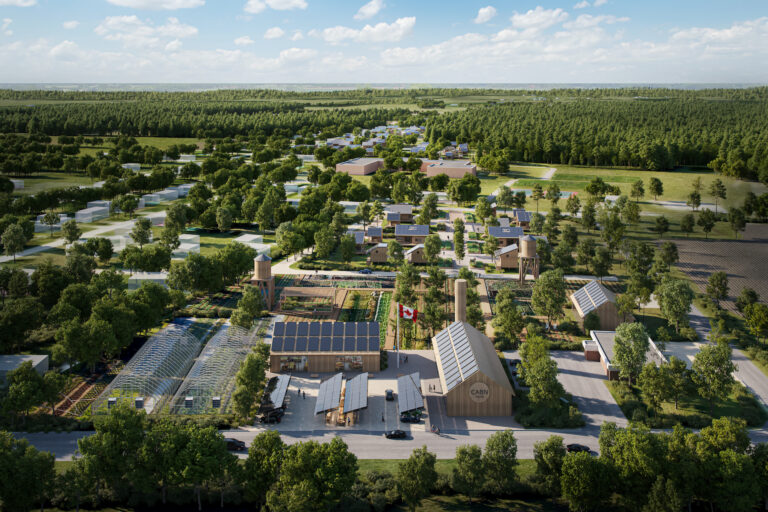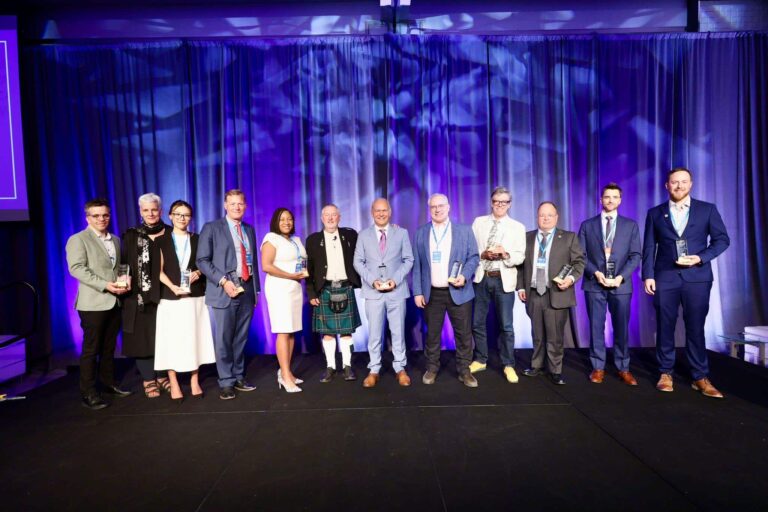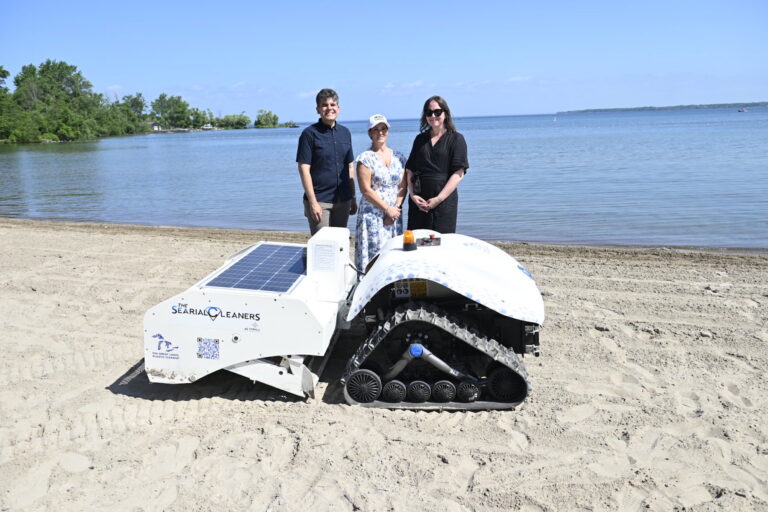Tuesday, July 1, 2025
As countries around the world race to seize the economic opportunities associated with a net-zero future, the Government of Canada is taking action to support Canadian industry. The Clean Economy Investment Tax Credits (ITCs), representing $93 billion in federal incentives by 2034–35, will play an essential role in attracting investment, supporting Canadian innovation, creating jobs and driving Canada’s economy toward net zero by 2050.
The Ministry of Energy and Natural Resources and the Ministry of National Revenue recently announced the passing into law of the first four Clean Economy Investment Tax Credits: the Clean Technology ITC, the Carbon Capture, Utilization and Storage (CCUS) ITC, the Clean Technology Manufacturing ITC, and the Clean Hydrogen ITC.
“Clean technology innovation and projects will be a key driver of how we decarbonize, create jobs and bring investment to Canada as we build a prosperous net-zero economy in 2050,” said Jonathan Wilkinson, Minister of Natural Resources. “Canada’s Investment Tax Credits will reduce emissions and create hundreds of sustainable jobs for Canadians, exemplifying how climate action and economic growth go hand in hand.”
With the Royal Assent of Bill C-59, the Fall Economic Statement Implementation Act, 2023, eligible businesses can now apply for and claim the Clean Technology and CCUS ITCs. The Clean Technology ITC and CCUS ITC are anticipated to provide eligible companies approximately $11.4 billion in support through 2027–28.
With the Royal Assent of Bill C-69, the Budget Implementation Act, 2024, No. 1, eligible businesses should be able to apply for tax credits this fall for clean technology manufacturing and clean hydrogen projects. Further information on applying for the Clean Technology Manufacturing ITC and Clean Hydrogen ITC will be provided in the coming months.
The Clean Technology ITC will provide support to qualifying taxpayers who are investing capital in specified clean technologies in Canada. The Canada Revenue Agency (CRA) is responsible for administering the Clean Technology ITC, including assessing claims and issuing payments, while Natural Resources Canada (NRCan) is responsible for providing guidance on what qualifies as a clean technology property. Examples of eligible clean technologies include clean electricity generation equipment such as wind turbines and solar panels, stationary electrical energy storage, low-carbon heating systems such as ground and air source heat pumps, and non-road zero-emission vehicles.
The CCUS ITC, administered jointly by NRCan and the CRA, will provide support to taxable Canadian corporations that incur eligible expenditures for qualified CCUS projects. The CCUS ITC is available to a broad range of CCUS applications and projects across different industrial sectors. For detailed information, including eligible projects and equipment, NRCan’s technical guide for the CCUS ITC, how to submit a CCUS project plan to NRCan, and how to claim the ITCs with the CRA, is now available on the Clean Economy Investment Tax Credits webpages.
The Clean Technology Manufacturing ITC will provide support to Canadian companies that are manufacturing or processing clean technologies and their precursors, providing support for 30 percent of the cost of investments in new machinery and equipment used to manufacture or process key clean technologies, and extract, process, or recycle key critical minerals.
The Clean Hydrogen ITC will provide a 15 to 40 percent refundable tax credit for investments in projects that produce hydrogen, with the projects that produce the cleanest hydrogen receiving the highest levels of support. Equipment needed to convert hydrogen into ammonia, in order to transport hydrogen, may also be eligible.
The Clean Technology ITC and CCUS ITC are now available for qualifying businesses, with more info to come on the Clean Technology Manufacturing ITC and Clean Hydrogen ITC. To learn more, including how to claim them, visit Clean Economy Investment Tax Credits.
Featured image credit: Getty Images











